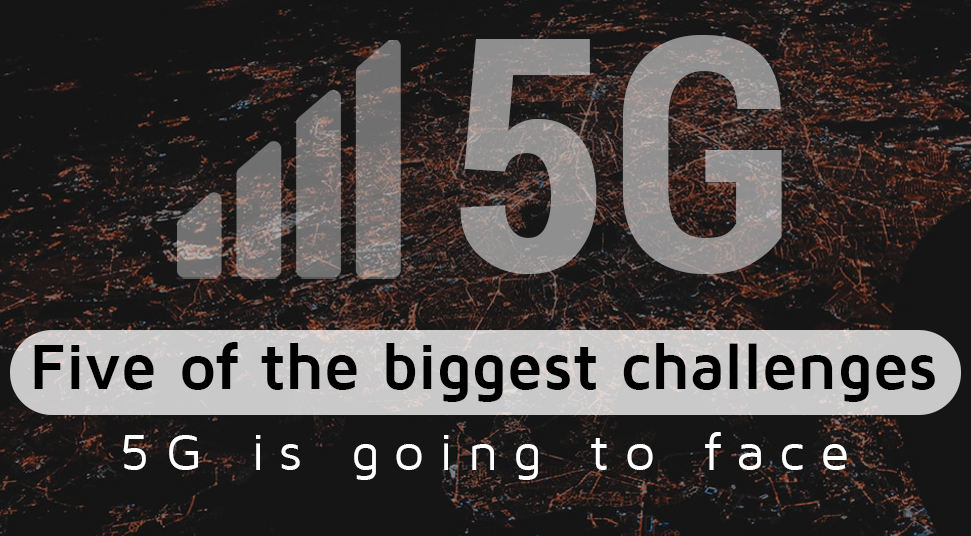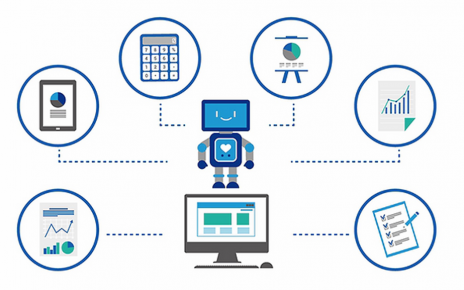4g is now proving insufficient to manage with the diversified necessity in terms of heavy network and increased capacity. With the expanding reach of mobile phones and global internet of things(IoT) 4G is not enough to provide maximum support. Thus, it becomes definite to introduce broadband cellular networks that can take the load of billions of people using smartphones and IoT.
It’s believed that 5G will have a massive impact on our lives. Starting from smart homes, automation of vehicles, and tremendous download speed. Once these broadband cellular mobile communications rollout, it will start revolutionizing our lives with the evolution of wireless networks to meet the future demands for data and inexpensive network that can be expanded.
It can be deduced, that 5G having an incredible speed can replace the home internet connection that runs on Wi-Fi. People are expecting 5G networks to be deployed on a robust scale within 2022.
According to the Consumer Technology Association (CTA), 5G will dominate and lead with a speed of 10 Gbps which is ten times faster than that of 4g. So, if it takes 10 minutes on 4G to download a movie, it will be less than 30 seconds when it comes to 5G. The expectation of billions is making it more challenging for 5g. Let’s have a look at what are the 5G challenges that need to be overcome.
Five of the biggest challenges 5G is going to face
1. Unpredictable Coverage and Radio Frequency
Reports floating in the air suggests that 5G macro-optimized will use around 6Ghz frequency. Now, the real challenge 5G will face is seamless data transmission. It is because several satellite links and other signal modes are already using the radio frequency band.
Sending and receiving signals become more difficult with the overcrowded frequency range. One more fact that comes up here is, 5G networks cells will provide lower coverage if compared to 4G. But, it should be the opposite with 5G speed, right?
So, it implies that more and more cellular towers are in need to make 5G technology the main network cellular communications. 5g can cover up to 300 meters in the open air and less than 2 meters when you are indoor.
2. Costs to Build and Buy
Building a network can cost billions of dollars. The cost of implementing 5G will come from increasing the revenue of customers. Just like 4G introduced LTE with a relatively higher cost, 5G is going to take the similar route. The real 5G challenges are to increase the data capacity without raising the operating cost.
An idea suggests, offering the control plane signaling to a broad area making use of macro-cell and then user-plane data with small cells that stay in the coverage of macro-cell. This makes it less complex allowing a higher capacity of user plane data within the specified area.
Total global expenses on 5G is expected to rise to $ 88 billion by the end of 2023 according to Heavy Readings. Once it becomes feasible for the brands, you will see a new are of connectivity such as autonomous vehicles, robots, smart home & appliances and infrastructure of the city.
3. Availability of 5G & Network Density
One of the biggest challenges on the way for 5G is to make the cellular communication available for everybody using a device on this planet. If this remains impossible, then all the massive investments for the upgrade will make no sense.
According to data, more than 4. 38 billion people on the globe use the internet in 2019.
It really becomes more challenging for 5G to make it accessible and feasible to every internet and mobile users on earth. In order to attract the not-tech savvy population, it needs to increase awareness on a global scale.
And when we are talking about network density, it becomes mandatory to plant enough cells to increase the capacity. 5G networks are more likely to have a few layers of connectivity from a broad area macro layer for lower data speed connectivity with the help of other layers, to localized layers for reaching high speed.
With the increasing number of networks, proper co-ordination and deployment of network is essential. There are more challenges on the way for network coverage optimization for core network Radio Resource Management( RRM) algorithm optimization and especially for measurement of device mobility.
4. Privacy and Security
Implementation of 5G becomes more challenging when it comes to privacy and security measures. In the world of cybercriminals, implementation of 5G should come with high privacy prevention measures. Under the Authentication and Key Agreement(AKA), 5G have to plan to establish more trust between networks, so that they could track people using phones nearby.
With the increase of data speed compared to the current scenario, connectivity is going to take a raise. Both 3G and 4G once were exposed to “stingray attacks” and other common data hacks. To make 5G more secure and private, the carriers need to integrate vigorous endpoint security protocols to detect and eliminate malware, create strong firewalls and come up with potent data integrity security.
Cloud networking and virtualization of data would play a massive role in bringing and implementing 5G. Moreover, the ability of multiple-input multiple-output (MIMO) systems will definitely have a big influence on the performance level of the 5G network.
5. Device Support
When it comes to 5G enabled smartphones and other 5g enabled devices, it becomes necessary for all the device manufacturers to build 5g enabled devices. Here comes the question of how expensive could it be for the manufacturers and how fast the network becomes omnipresent. Already a few Asian countries like Japan and South Korea have already introduced 5G pilots in selected cities.
Many in this business have confirmed that they are going to bring in 5G enabled mobile devices within the end of 2019 or the start of 2020. As we all know, that automation of vehicles has already made its debut but full automation of vehicles is highly dependent on the arrival of 5G for communication.
Closure :
With more challenges on its way, 5G has to become superable to deal with all the above-stated factors and problems. 5G will be designed to support a greater diversity of data services. Heavy research is already going on how to make 5G affordable, available and entirely private. Moreover, they are planning on how to make wireless connectivity a leading-age technology.



